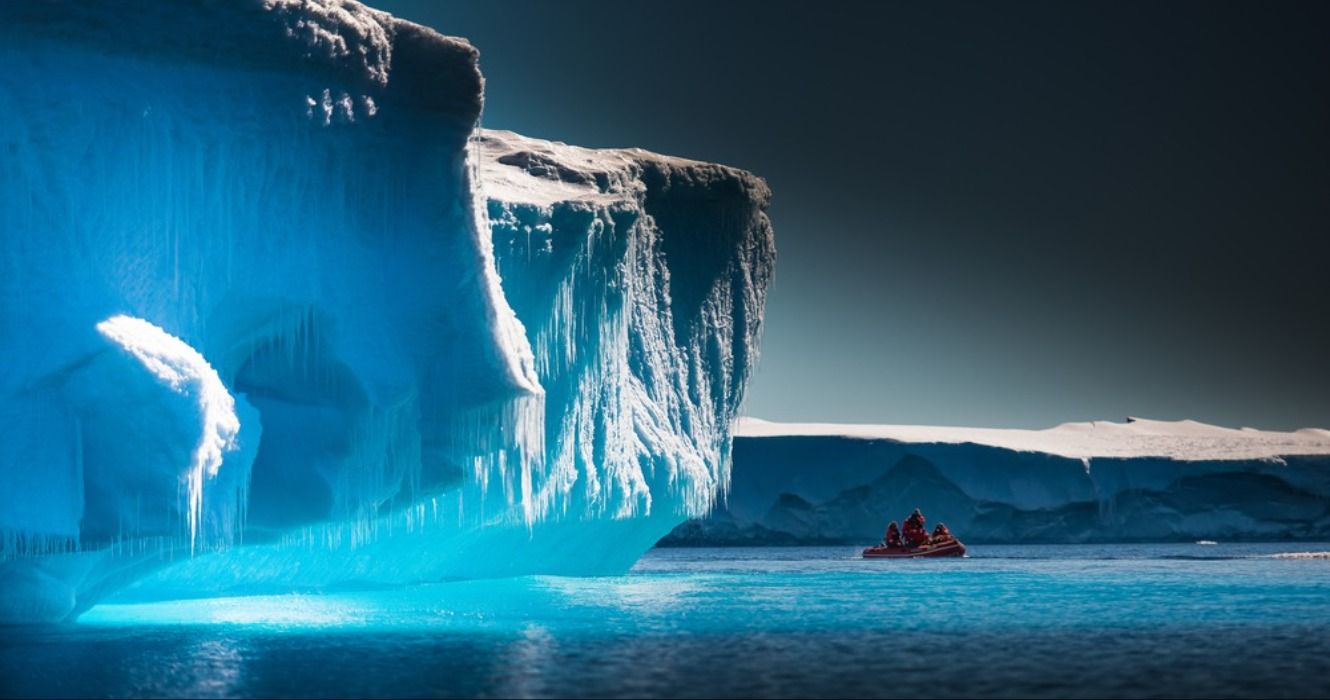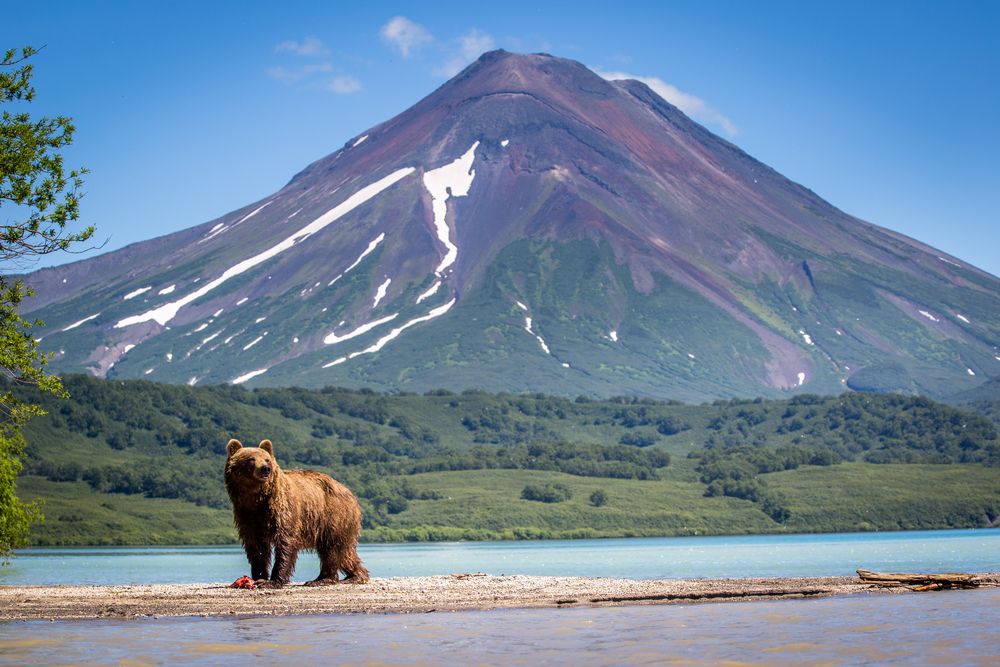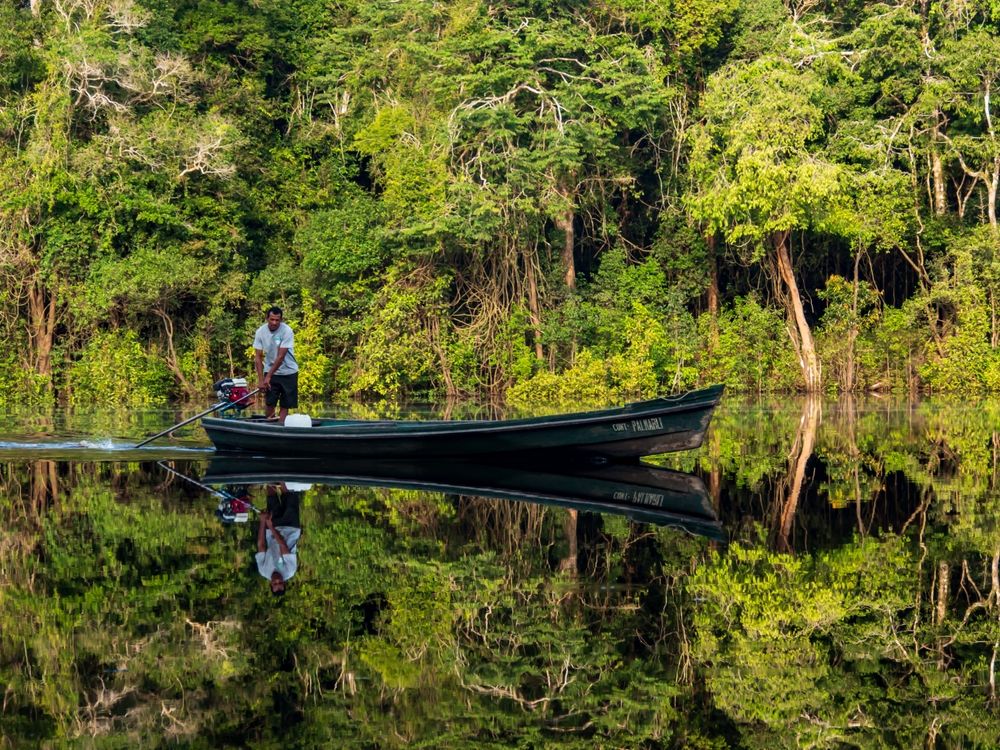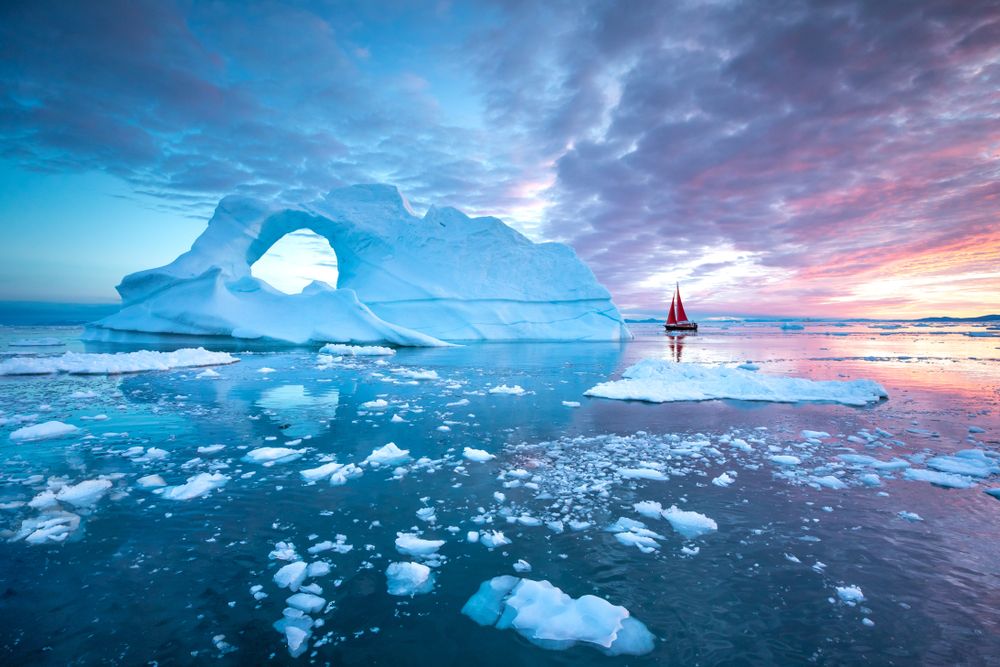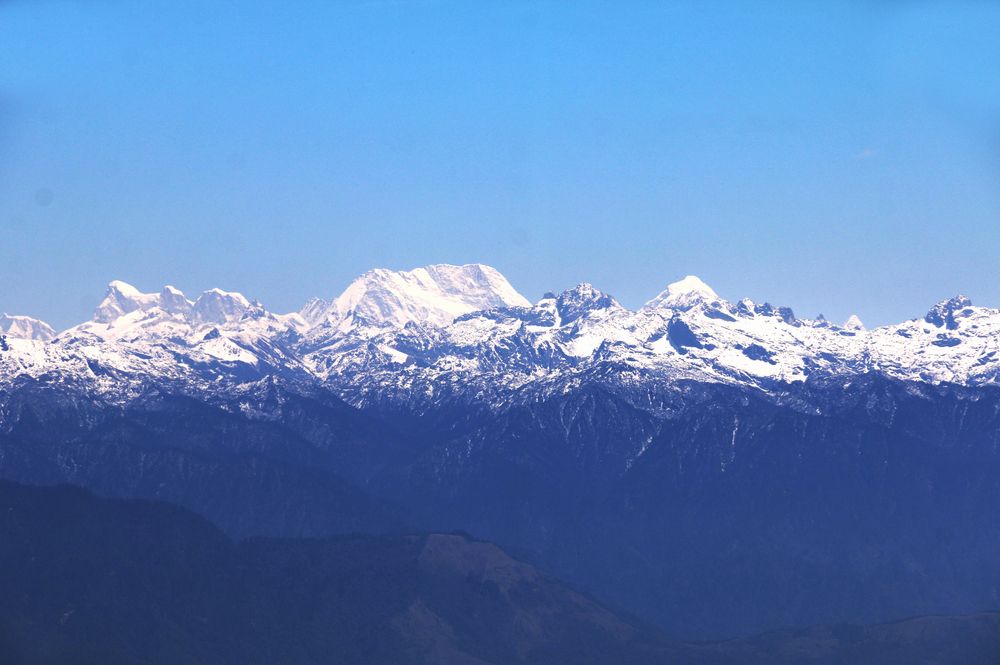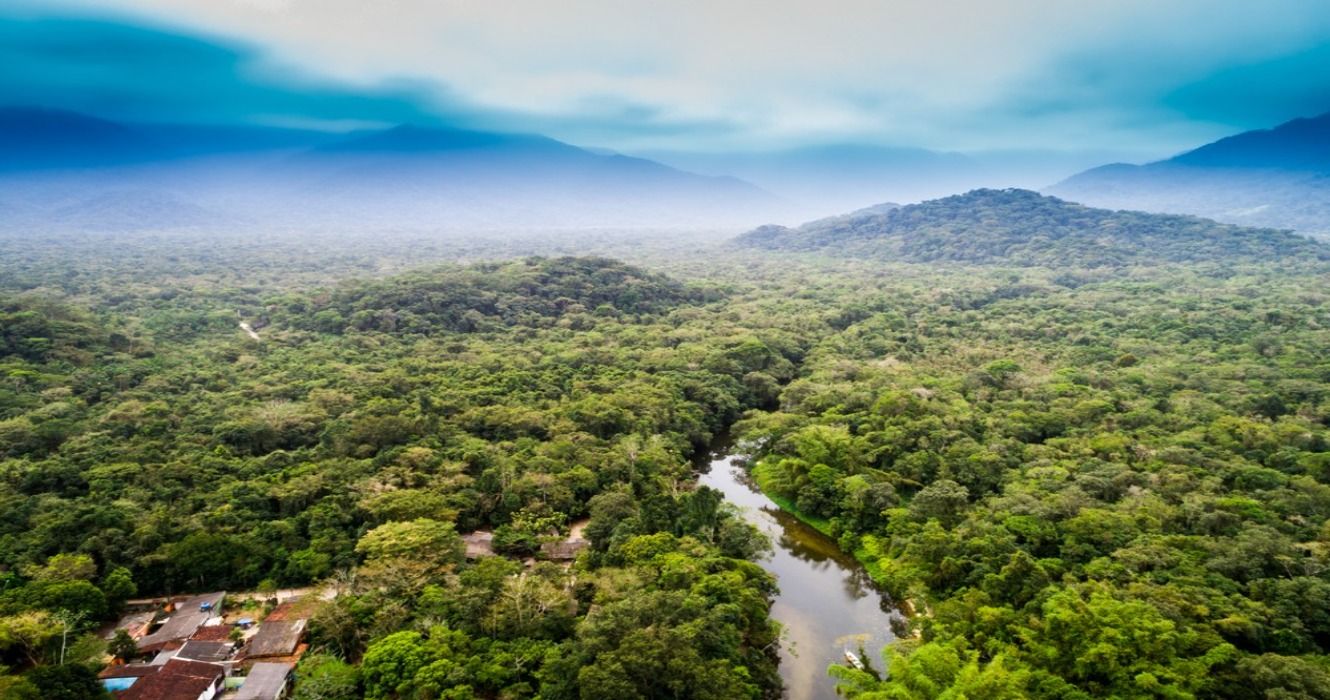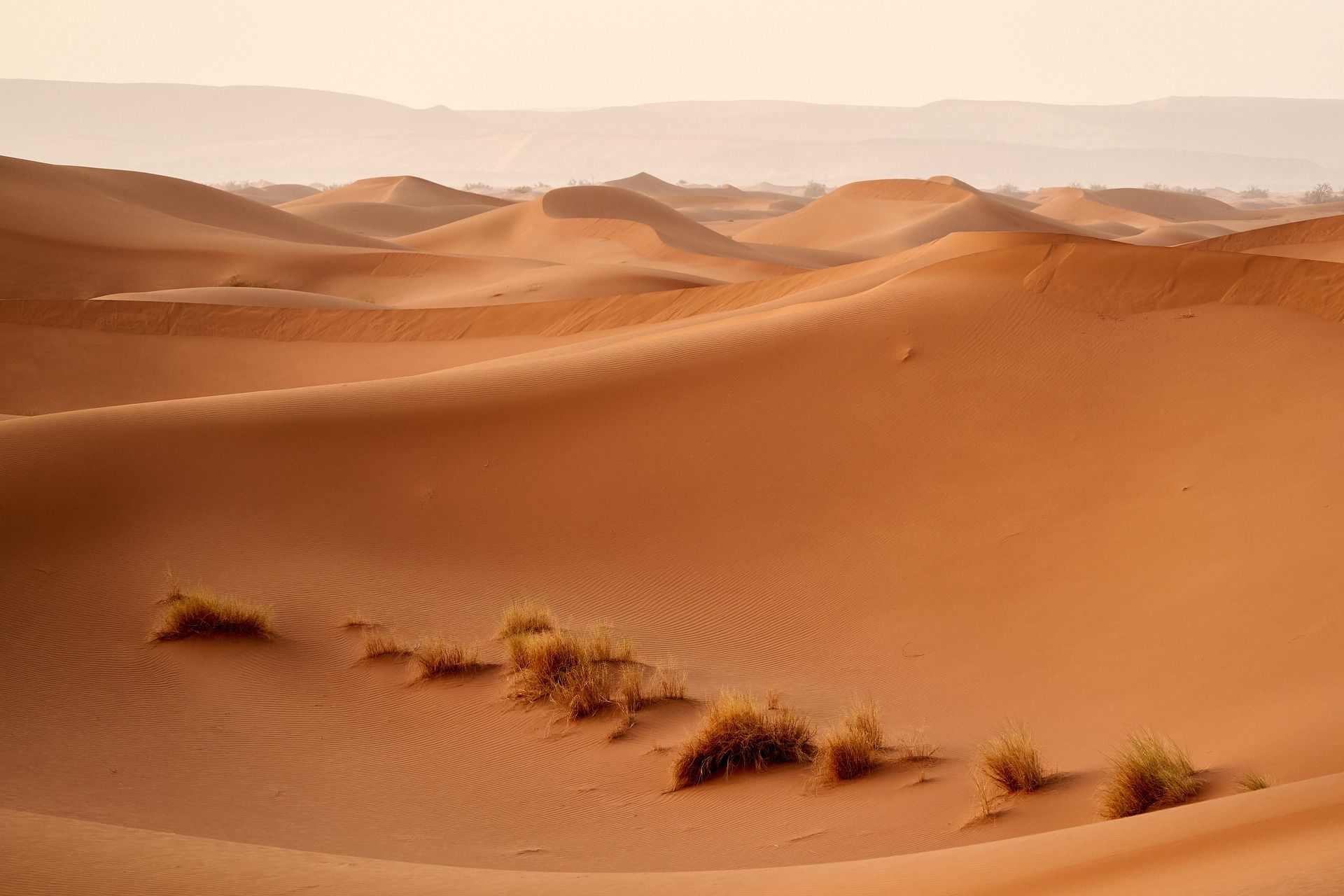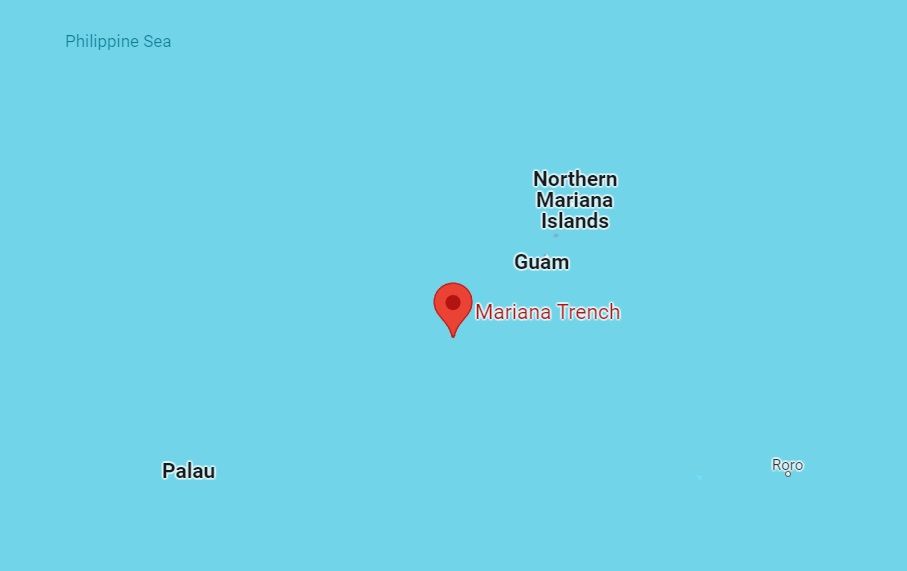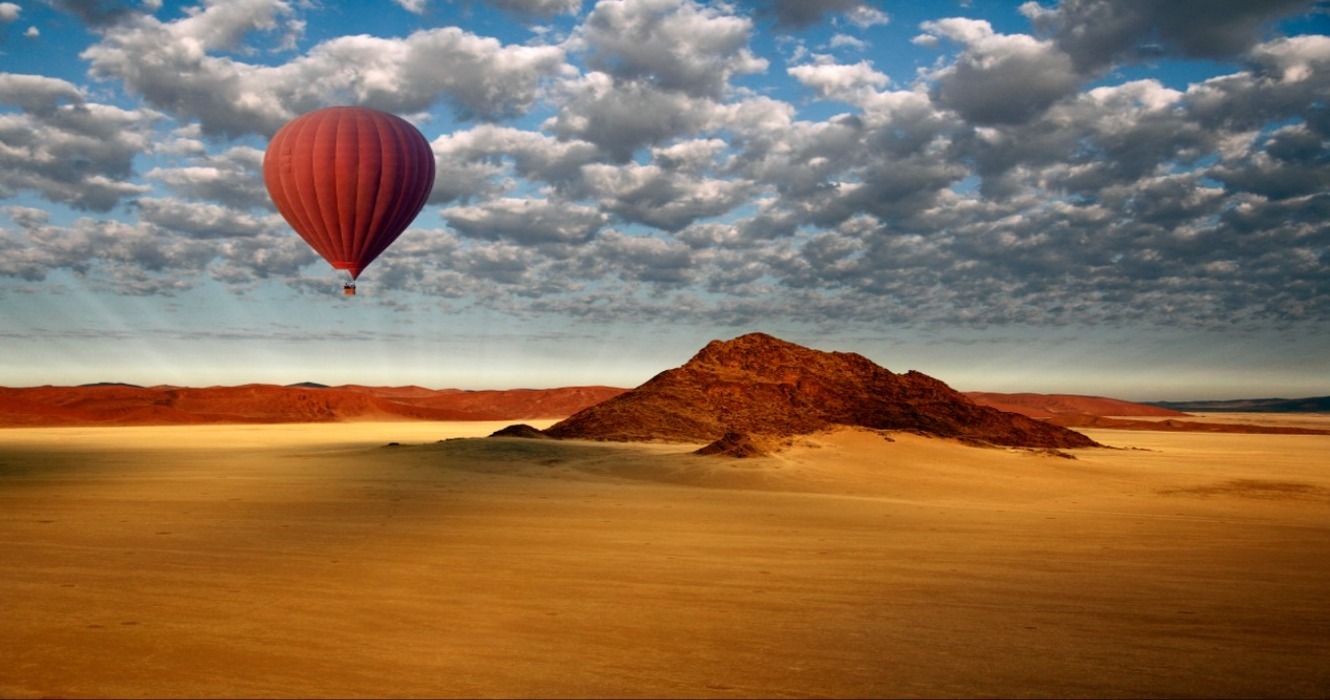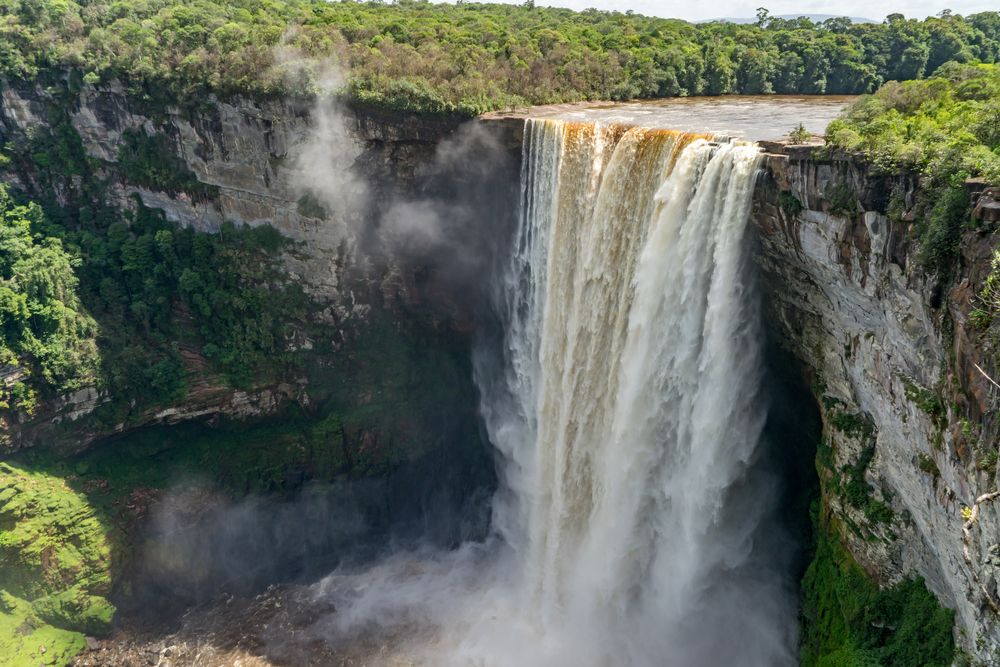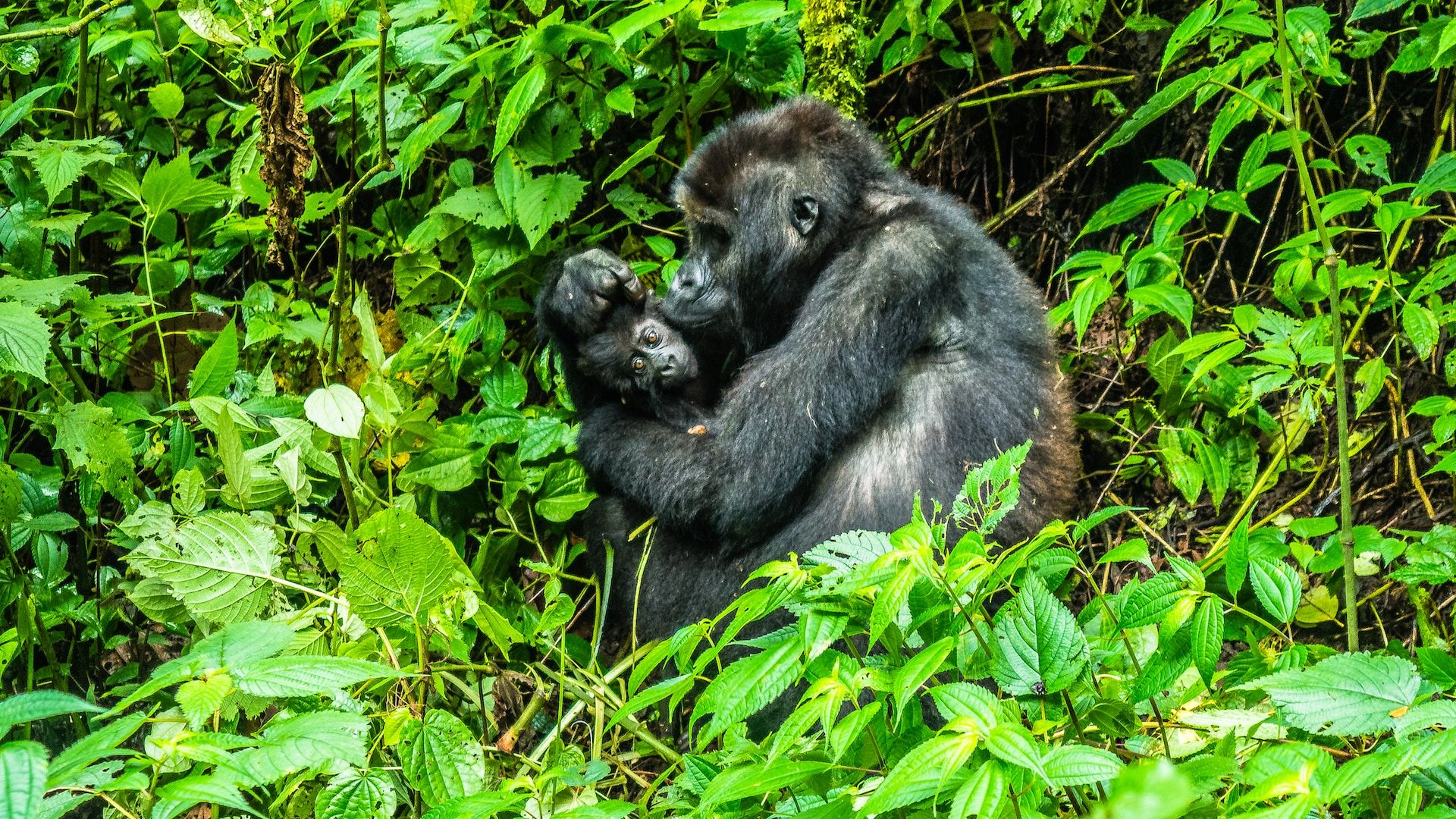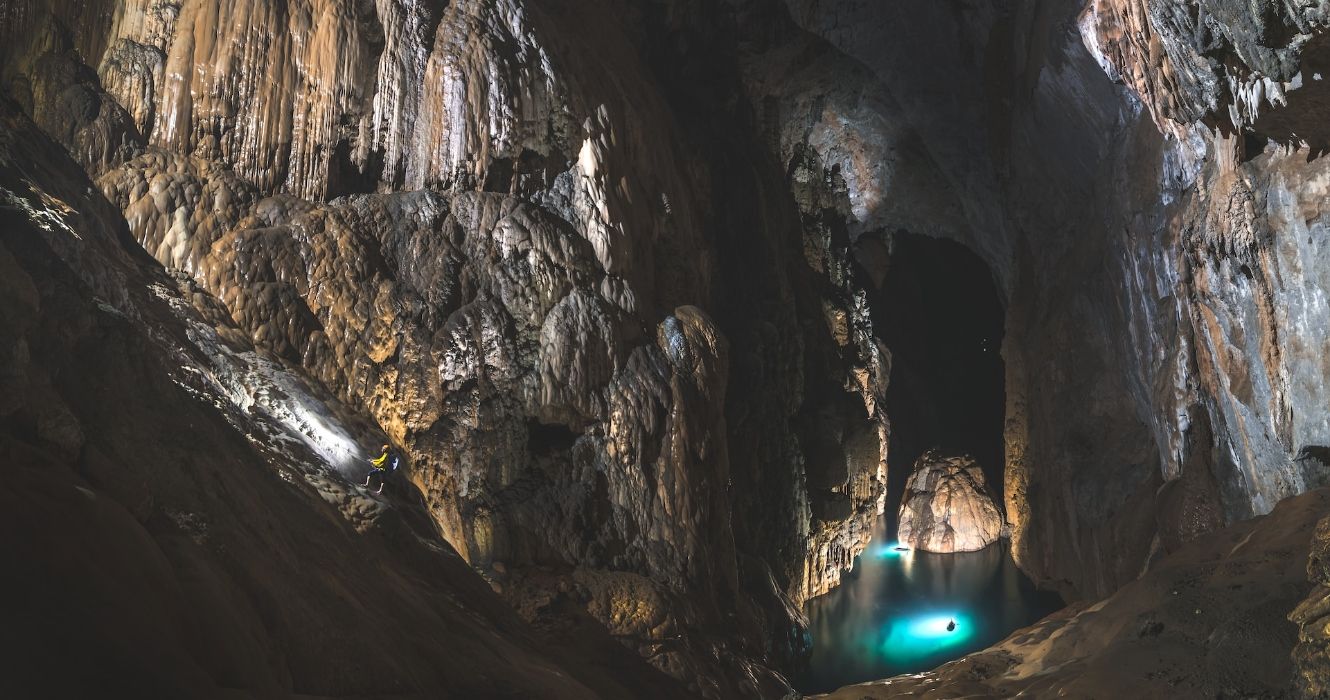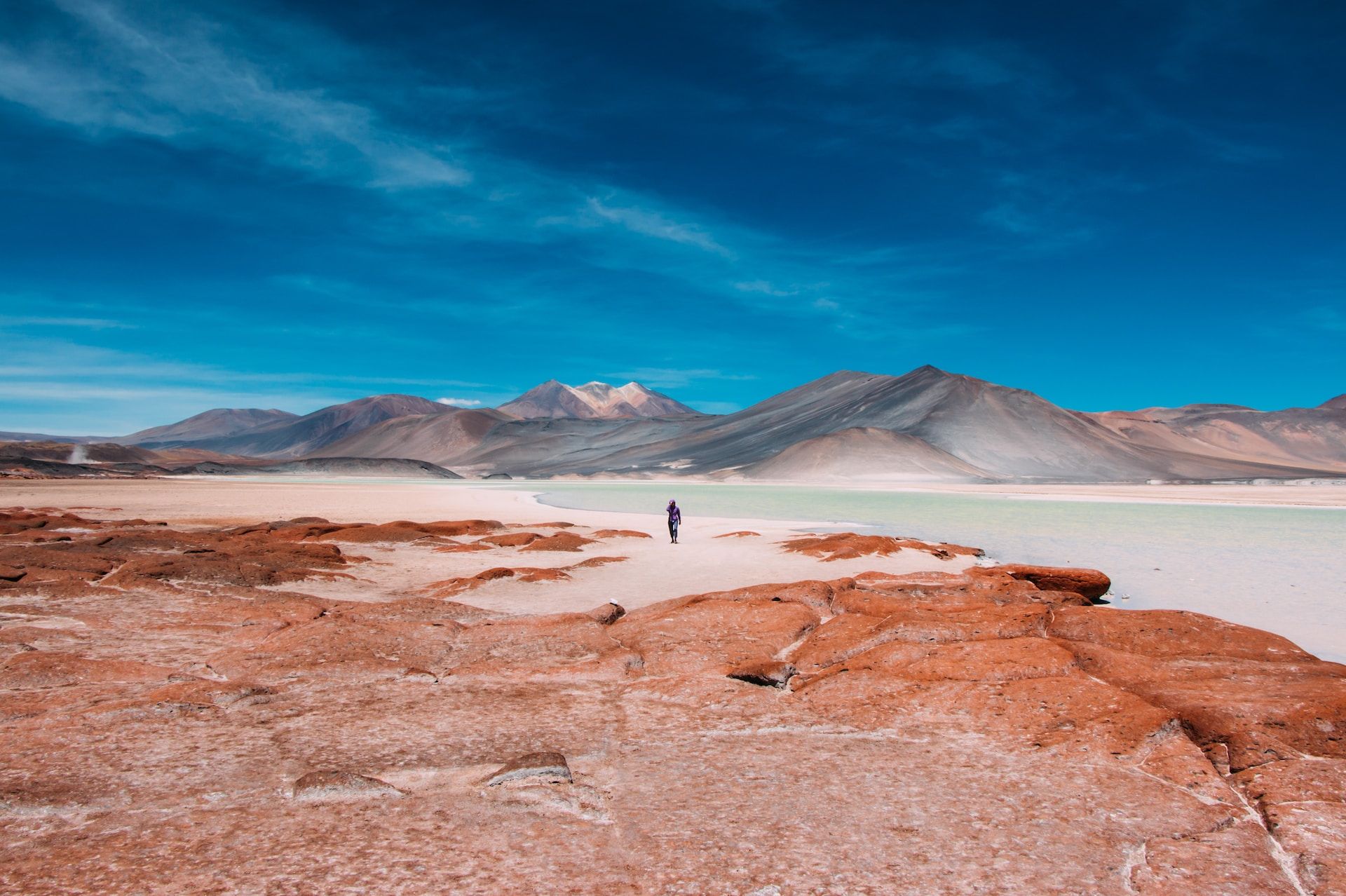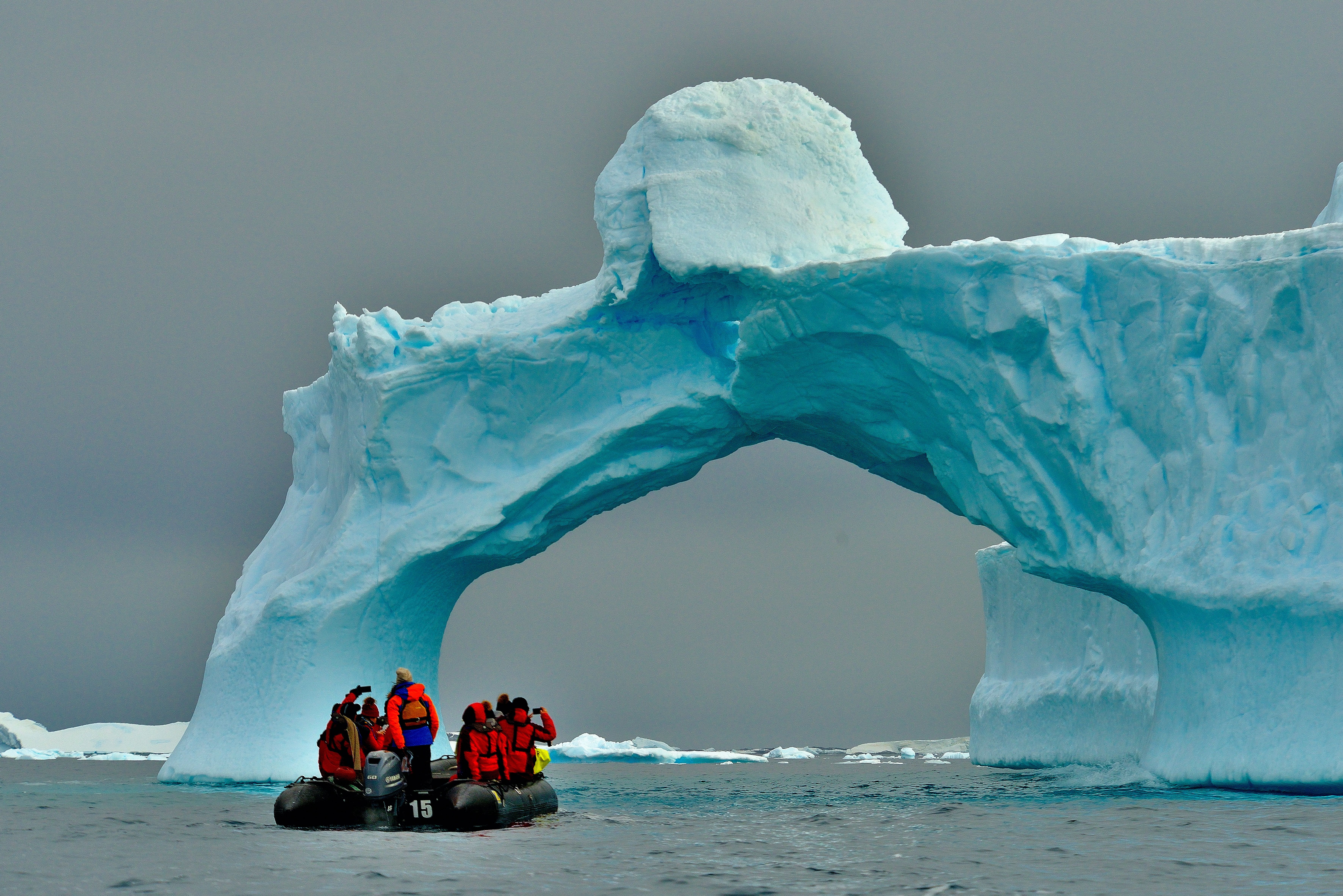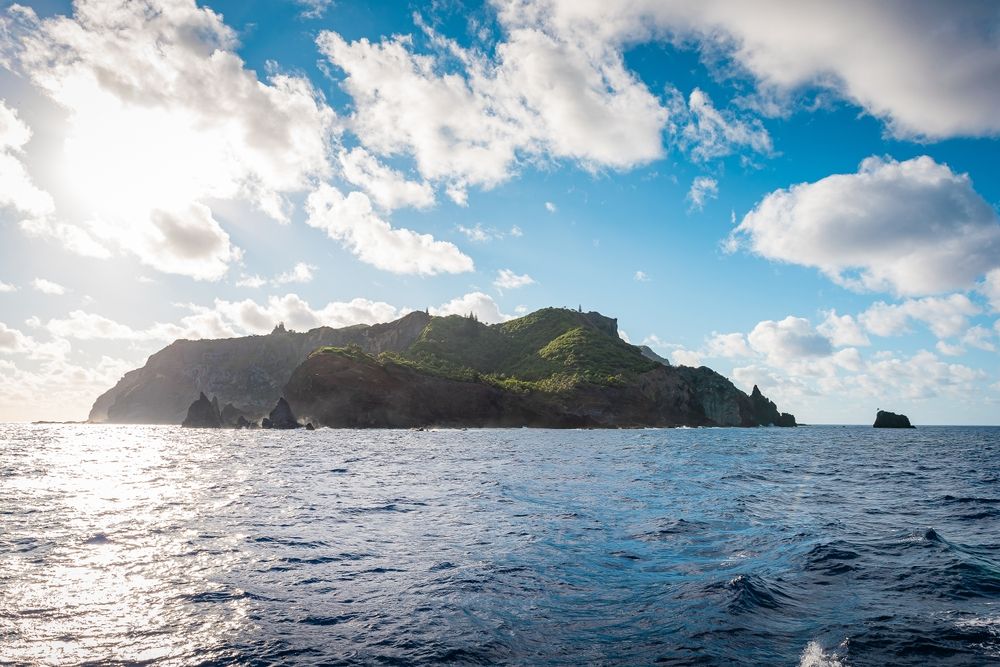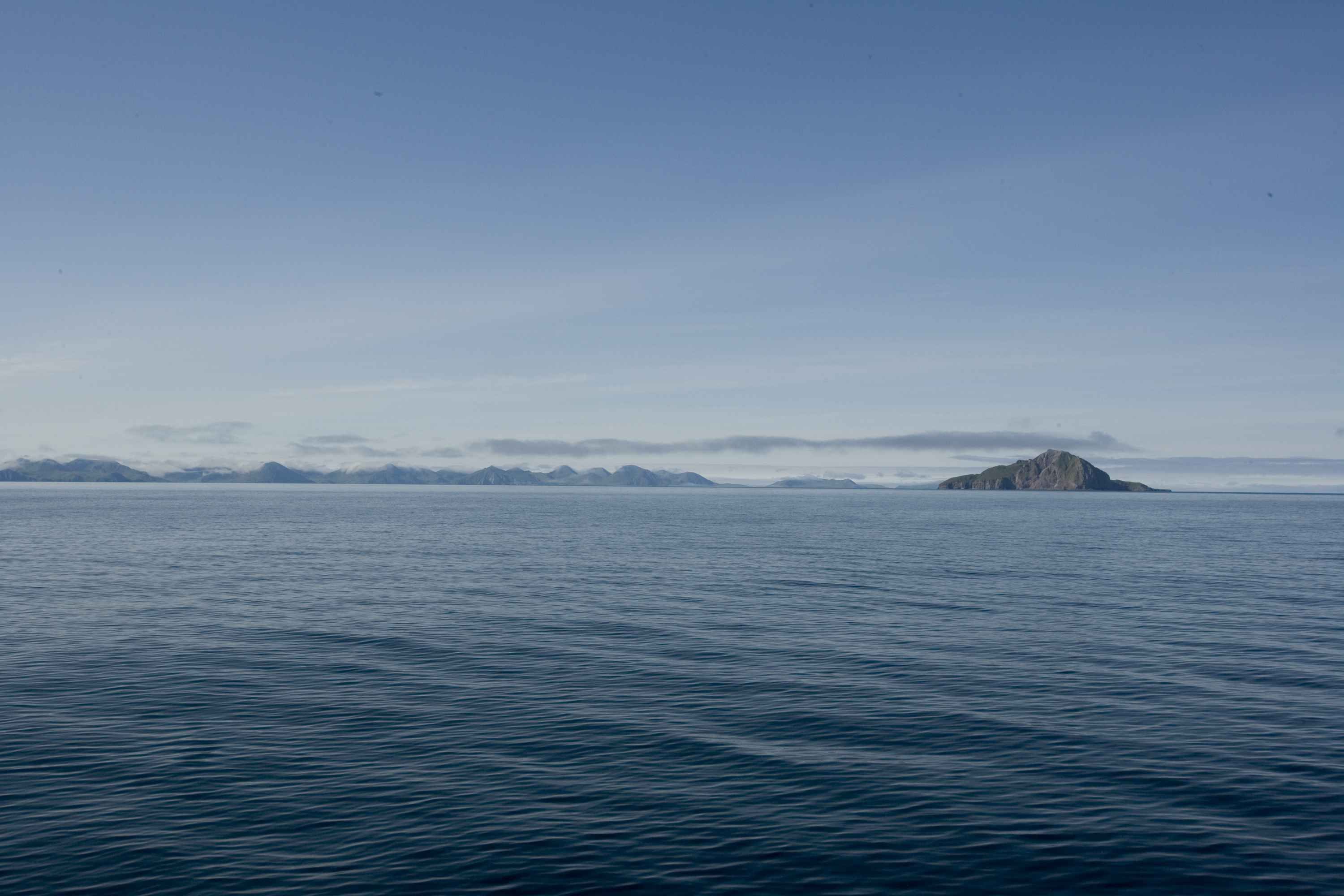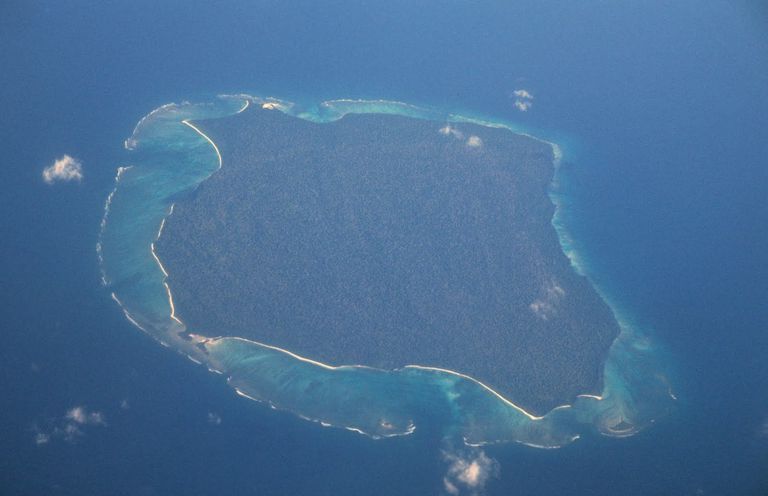Read update
- Check Out Even More Places On Earth That Are Not Fully Explored
Summary
- How much of Earth is unexplored? A lot, as it turns out. Kamchatka, Vale Do Javari, Greenland, and Gangkhar Puensum are among the least explored places on Earth.
- The Amazon Rainforest, Sahara Desert, Mariana Trench, and Namib Desert are also unexplored and hold mysteries.
- Hang Son Doong Cave, Atacama Desert, Antarctica, Pitcairn Islands, Aleutian Islands, and North Sentinel Islands are all places still not explored fully.
Are there any unexplored places on Earth? The answer is, yes, indeed there are (and a lot!). Abundant curiosities remain in places on Earth that still need to be fully explored.
From virtually untouched jungles housed within the most beautiful rainforests in the world and the planet's most stunning deserts to incredible caves around the globe and the deepest part of the ocean, the Mariana Trench, these awe-inspiring locations remain primarily unexplored by humankind due to various geographical, technological, or political constraints.
Take a trip into the depths of some of the most mysterious and unexplored places on Earth, giving mere mortals a glimpse of their beauty and potential secrets that might still be waiting to be discovered!
UPDATE: 2024/02/10 03:15 EST BY A. R. CALLES
Check Out Even More Places On Earth That Are Not Fully Explored
The world is an oyster, filled with rugged landscapes and picturesque views admired by millions of travelers every day. Yet, there are still plenty of undiscovered places on Earth that pique curious and adventurous minds. This article has been updated to include additional and unexplored places on Earth!
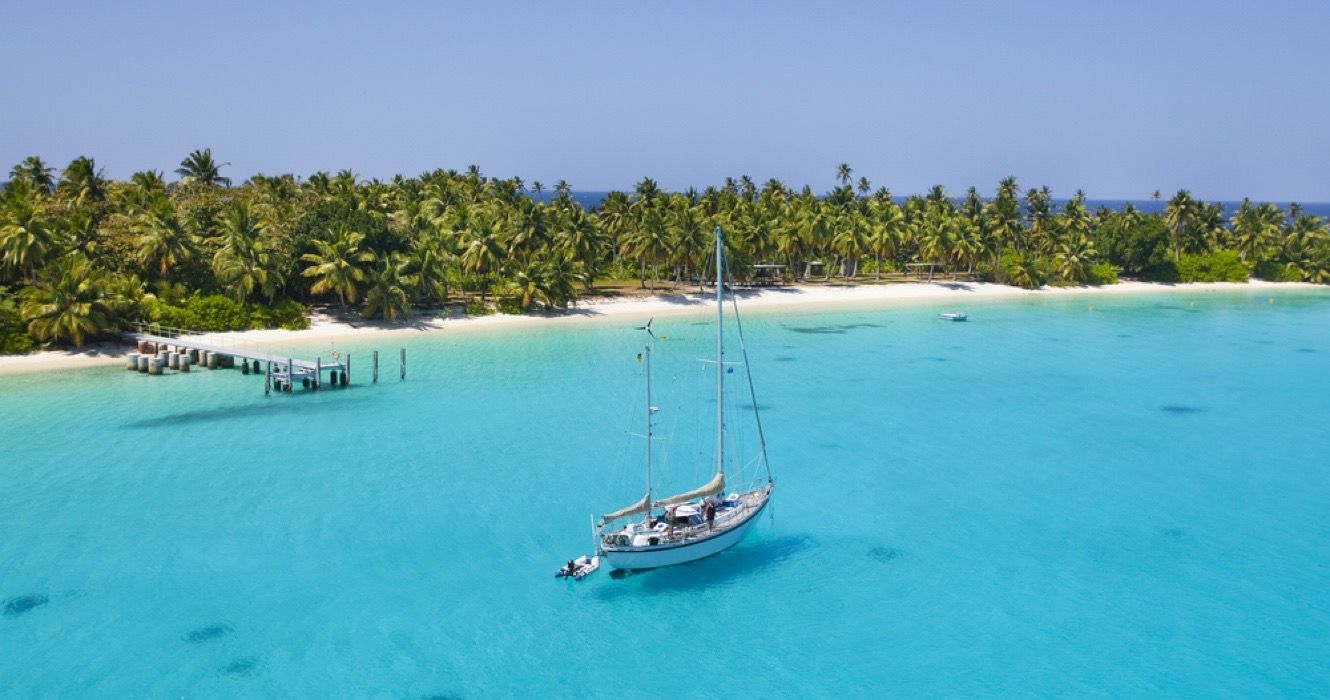
10 Most Remote Islands Around The World (Where You Can Live)
The most remote islands in the world are an ideal destination for those seeking a tranquil and secluded environment.16 Kamchatka
The vast lands of Kamchatka remain largely unexplored
The Kamchatka Peninsula in Northeast Siberia, Russia, is one of the least explored places in the world. The peninsula is a region of geological wonders, with volcanoes (some of which are pretty active), bays, geysers, and many more.
The region is also home to diverse wildlife, including a wide range of salmon species and brown bears. In fact, it is considered to have the densest population of brown bears in the world. Being a very remote and difficult-to-explore region, this peninsula is still largely unexplored, and only 400,000 people live on it, which is a pretty small number for such a huge area.
- Also Known (or Spelled) As: Kamčatka
- Where: Eastern Russia
- Area: About 140,000 square miles
15 Vale Do Javari
Vale do Javari is one of Brazil's largest indigenous territories
Vale Do Javari, located in a remote section of far-western Brazil in South America, is among the world's most remote places and reportedly, the number one most unexplored place on the planet. It is also home to populations of indigenous peoples (and uncontacted tribes) not recognized by the Brazilian government.
The area is slightly larger than Austria, and a Brazilian federal agency protects the region. Outsiders are not permitted to enter this part of the Amazon rainforest, making it the least explored place on Earth. In this way, the tribes can continue their freedom to live in seclusion and maintain their culture.
- Also Known As: Javari Valley (in English)
- Where: Brazil
- Area: 85,444.82 square km
14 Greenland
Greenland is the world's largest island waiting to be fully explored
Greenland, considered the largest island on the planet, is still largely undiscovered and is one of the least explored countries on Earth. The interior of Greenland is majorly inaccessible and unusable because of an enormous ice sheet that covers roughly 80% of the island and is incredibly thick (miles thick) at certain places.
Still, although under-explored, there's plenty to do and see in Greenland; it is no surprise that a vast region covered in white has a plethora of natural wonders, including hot springs, ice-covered rivers, gemstones, the Northern Lights, and many others that entice travelers to this ice wonderland.
However, there is still a considerable unexplored area on the Greenland Ice Sheet, making it one of the least explored spots on Earth.
- Also Known As: Kalaallit Nunaat
- Where: North America
- Area (of the island): 2,166,086 square km
13 Gangkhar Puensum
The mountain peaks of Gangkhar Puensum remain untouched
At 7,570 meters, Gangkhar Puensum is considered the highest mountain in the world that hasn't been scaled yet. Situated on the border between Bhutan and Tibet, China (its location is also a matter of dispute between the two countries), it is a place of sharp peaks, cold, and fierce winds.
The mountain is still mostly unexplored because mountaineering is prohibited in Bhutan on mountains taller than 6,000 meters. This rule was established for two reasons: first, locals believe that high mountains are the abodes of divine spirits, and second, climbers cannot be rescued if they are hurt or trapped on a mountain.
This mountain is among the most unexplored places in the world and is still shrouded in mystery.
- Also Known As: Kangkar Punsum, Gangkar Punsum, or Gankar Punzum
- Where: Bhutan–China border
- Elevation: 7,570 m (24,840 ft)
12 The Amazon Rainforest
The world's largest rainforest is still shrouded in mystery
The world’s largest rainforest is home to over several million species of plants and animals, many of which have yet to be discovered by science. This vast expanse of land is so large and dense, making it one of the most unexplored places on earth while offering adventurers a unique chance to discover uncharted terrain.
Also, the Amazon covers 9 countries, making navigating and exploring certain areas difficult. Additionally, much of the Amazon is still inaccessible due to its remote location, further adding to the mystery of this unique environment.
- Also Known As: Amazon Jungle or Amazonia
- Where: South America
- Area: About 6.7 million square km
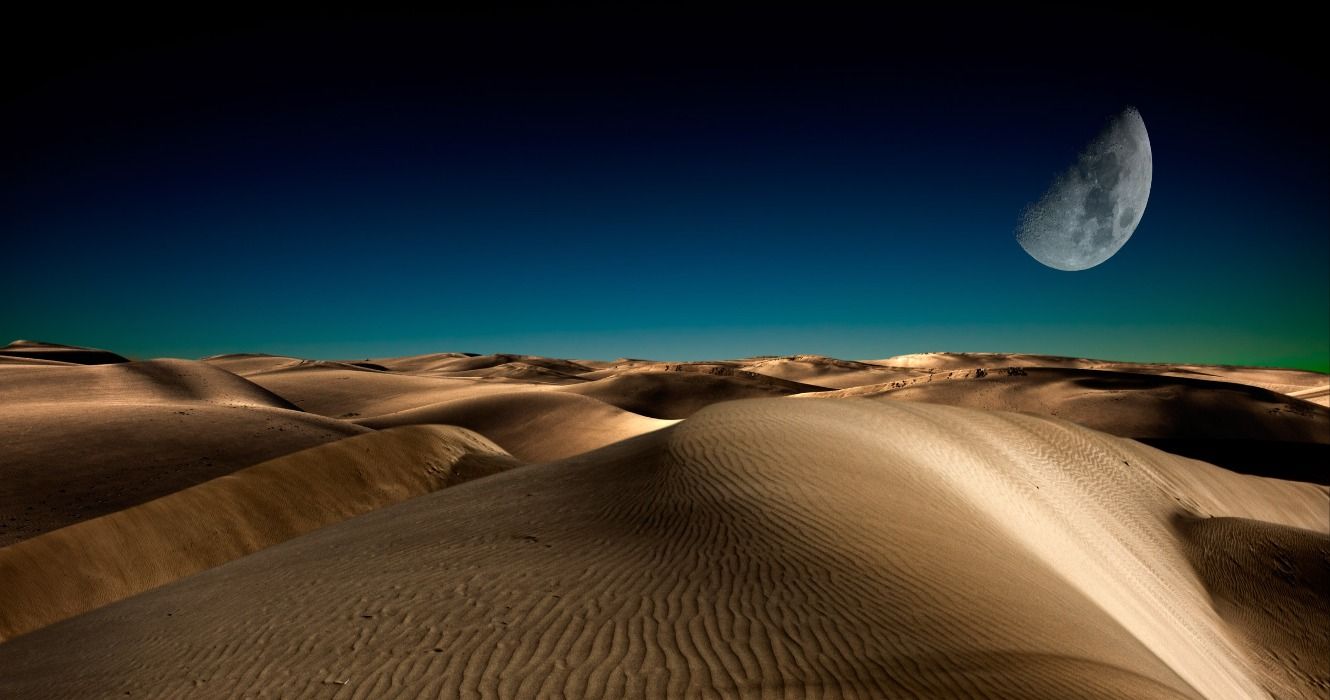
10 Largest Deserts In The World And Their Unique Natural Features
Deserts make up 33% (one-third) of the Earth's surface and are found in almost all continents of the world - and these are the largest.11 The Sahara Desert
Parts of the Sahara remain uncharted!
Stretching across the northern tip of Africa, this vast desert has challenging terrain and is one of the most difficult places on Earth to visit and traverse due to its barren landscape and extreme temperature fluctuations (although, it's possible to cross the Sahara desert from Morocco to Senegal via the coastal route).
As a result, many parts of the Sahara are some of the least explored places around the world, making it an exciting yet dangerous prospect for thrill-seekers.
Furthermore, the Sahara is home to various rare plants and animals, offering scientists opportunities to discover new species, such as the Sahara cheetah. The Sahara is also great for archeologists to uncover lost civilizations and long-forgotten secrets.
- Also Known As: The Great Desert
- Where: Africa
- Area: About 8.6 million square km
10 The Mariana Trench
The Mariana Trench is deep, vast, and not fully explored!
Located in the western Pacific Ocean, this is the deepest known part of any ocean on the planet. Despite its incredible depths (nearly 11 km at places), only a handful of expeditions have reached this mysterious place, and it is one of the least explored places on Earth.
The pressure levels at the bottom of the trench are so significant that it's detailed extreme cosplay exploration. Consequently, this allows humans to discover things that could tell us more about our planet.
Besides, the Mariana Trench, the deepest point on earth, is home to a wide range of deep-sea creatures, many of which are yet to be discovered!
- Also Known As: Marianas Trench
- Where: Western Pacific Ocean
- Size: Average width of about 43 miles with a depth of nearly 7 miles (or 36,201 ft)
9 The Namib Desert
One of the world's oldest deserts has yet to be fully charted!
Situated in Southern Africa, the Namib Desert is perhaps Africa's wildest wilderness; it's a vast expanse of sand and one of the oldest deserts on Earth. This desert has remained largely unexplored due to its hostile environment, with temperatures that can exceed 60˚C during the day and drop to near freezing at night.
The unique conditions of Namib, combined with its remote location, make it an ideal place for scientists to look for new species of life. Moreover, the desert is home to various archeological sites, such as ancient rock art and fossilized footprints, waiting to be discovered.
The fossilized remains of dinosaurs have also been unearthed in the Namib Desert.
- Also Known As: Namibe or Namibië Desert
- Where: Namibia, Southern Africa
- Area: 160,000 square km
8 Kaieteur Falls
The remoteness of Kaietur Falls makes it difficult to explore
A massive waterfall situated in the heart of the Amazon rainforest, Kaieteur Falls is the world's largest single-drop waterfall. Despite its sheer size, this stunning natural wonder remains unexplored mainly due to its remote location.
Kaieteur Falls is home to various endangered species, such as the giant river otter and the harpy eagle. There are also some mysterious caves in the area, yet they are yet to be fully explored. These are just a few of the most mysterious places on Earth that have yet to be fully explored by humans.
- Also Known As: Kayik Tuwuk or Old Man Falls
- Where: Amazon Rainforest, Guyana
- Height: 741 feet (226 m)
7 The Congo Basin
Many wonders of the Congo Basin are still an enigma
This dark and mysterious region is home to an array of animals, plants, and cultures that have remained largely untouched by modern civilization.
With its dense jungles and unexplored rivers, the Congo Basin offers adventurers a unique chance to explore the unknown. The Congo is home to various endangered species, such as the western lowland gorilla and the forest elephant.
The region also holds many secrets, such as the mysterious Lake Tele, which has been rumored to be full of bizarre creatures. Furthermore, the Congo Basin also offers opportunities for archeologists to uncover hidden artifacts from long-lost civilizations.
- Also Known As: Bassin du Congo
- Where: Central Africa
- Area: 500 million acres
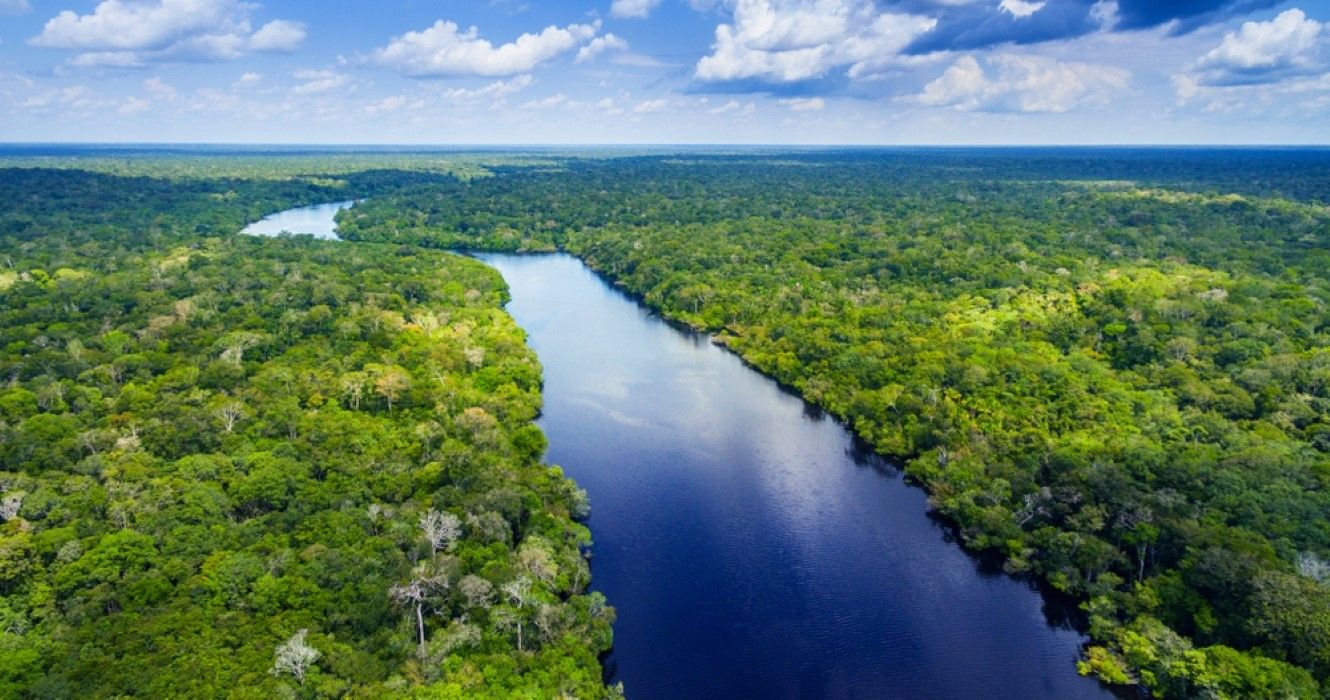
The Most Remote Tribes In The World Recently Discovered
Lately, the media has heard of a few missing persons that later were found to be taken or murdered by tribe members.6 Hang Son Doong Cave
There are plenty of twists and turns in the world's largest cave!
Another one of the many undiscovered places around the world is located in Vietnam; Hang Son Doong Cave is an enormous underground cave system that holds a network of immense caverns and chambers, many of which remain unseen.
With its winding passages and eerie underground lake, this cave is a thrilling prospect for explorers. The Hang Son Doong Cave is home to various species of bats and even some tiny fish colonies.
These creatures have adapted to the cave's unique environment and can offer scientists invaluable insight into the evolution of species. Moreover, the cave is a fantastic example of what can be achieved when nature and time work together.
- Also Known As: Son Doong
- Where: Vietnam
- Size (Volume): Up to 38.5 million cubic meters
5 The Atacama Desert
The hostility of the Atacama Desert makes exploration difficult
The dry region in South America is considered the driest desert due to its lack of rainfall and extreme temperatures. The Atacama in Chile remains unexplored, mainly due to its hostile environment, with many parts still needing to be discovered. That said, there are things to do in the Atacama Desert in Chile for those willing to go on an adventure.
This desert is home to some of the unique species in the world, from tiny mosses that can survive without water for hundreds of years to bacteria that can survive in extreme temperatures. The Atacama is also home to numerous archeological sites, such as ancient Incan ruins and ancient wayside shrines.
Exploring these mysterious places is an exciting prospect that could open up a new world of discovery!
- Also Known As: Desierto de Atacama
- Where: Northern Chile
- Area: 104,741 square km
4 Antarctica
The vast landscape of Antarctica is waiting to be explored
This vast continent is home to some of the most inhospitable climates on Earth, making exploration in this region extremely challenging. Despite being visited by scientists for centuries, many parts of Antarctica are yet to be explored.
From its icy glaciers to its enormous icebergs, this frozen continent is a mysterious place full of hidden secrets. Many species have adapted to survive in this harsh environment, and scientists are constantly searching for new animals and plants that have evolved to survive extreme conditions.
The Antarctic is a place of extreme beauty and grandeur, and exploring its untouched snowy landscapes is a thrilling experience. Plus, there are plenty of things to do in Antarctica in the summer, which is normally when a number of tourists visit, usually via guided tours.
- Also Known As: The Ice
- Where: Southern Hemisphere
- Area: 14,200,000 square km
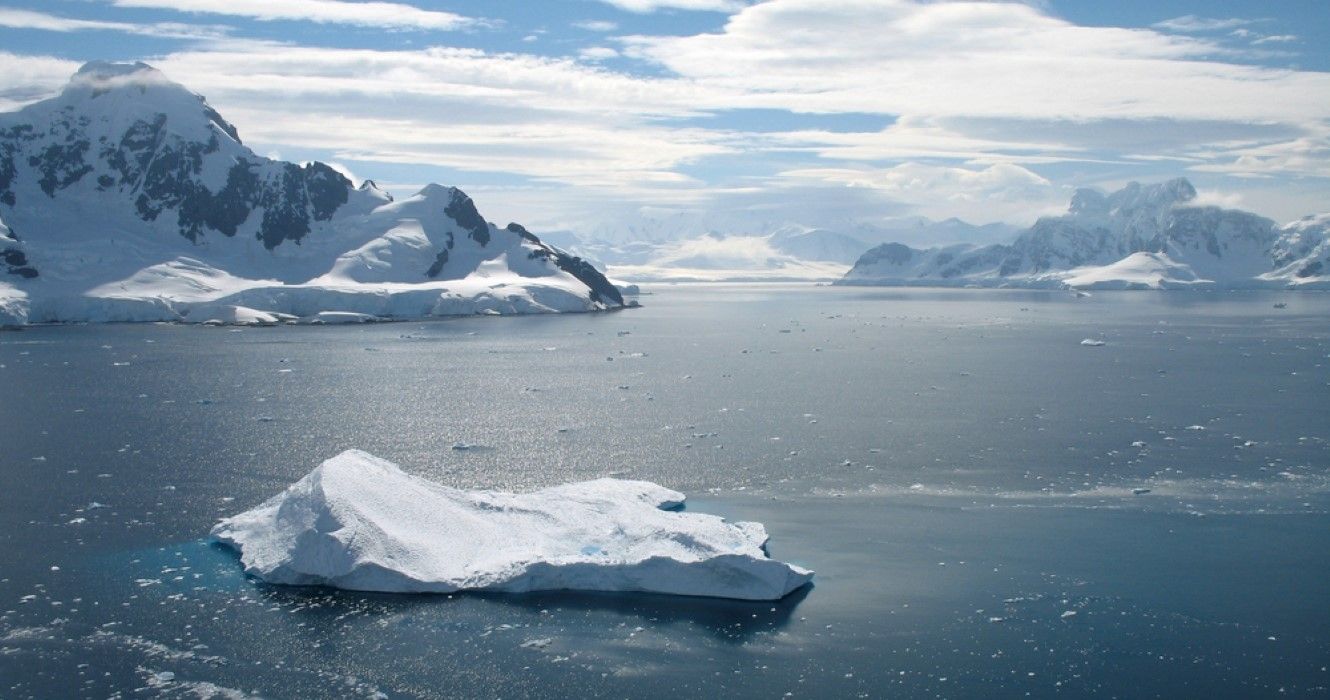
17 Incredible Recent Discoveries In Antarctica You Should Know About
A lot of scientific research takes place in Antarctica. Learn about 17 incredible recent Antarctic scientific discoveries.3 The Pitcairn Islands
A plane (or helicopter) has yet to land on the Pitcairn Islands
The Pitcairn Islands sit in the South-Central Pacific Ocean, southeast of Tahiti. Originally, the Polynesians inhabited the islands before the arrival of the Europeans in 1606. By 1838, the Pitcairn Islands officially became a British colony.
Today, this island (which is about three-tenths the size of Washington DC!) is reportedly home to about 50 people! These islands are regarded as one of the most remote locations in the world and are only accessible by sea.
Given its location and small population, it's no wonder some argue that the Pitcairn Islands may be one of the least explored areas on Earth.
- Also Known As: Pitcairn
- Where: South-central Pacific Ocean
- Area: Approximately 5 square km
2 The Aleutian Islands
The mysteries of the Aleutian Islands interest many explorers
Situated in the Pacific Ocean, the Aleutian Islands remain largely unexplored due to their remote location and challenging terrain. With their rugged shorelines and mysterious caves, these islands offer adventurers a thrilling opportunity to explore the unknown.
Alaska's stunning Aleutian Islands are home to numerous species, including rare birds and marine mammals. It is also believed that the islands hold many ancient relics yet to be discovered.
Exploring this remote area of the world is an exciting experience, allowing adventurers to discover hidden secrets and uncover long-lost treasures.
- Also Known As: Aleut Islands or Aleutic Islands
- Where: North Pacific Ocean, Bering Sea
- Number of Islands: 14 large volcanic islands and 55 smaller islands belonging to the USA and Russia
1 North Sentinel Islands
The North Sentinel Islands are still largely unexplored
Many may argue that the North Sentinel Islands are one of the most unexplored places on Earth. This tiny island is part of the Andaman Islands, an Indian archipelago within the Bay of Bengal.
It's also home to one of the most remote civilizations in the world today; it's speculated that 50 to 400 Sentinelese people call this island home, though the actual number is relatively unknown. For 60,000 years, the Sentinelese lived in isolation and away from the modern world. In fact, the Sentinelese prefer it that way!
For years, people from the authorities to anthropologists attempted to reach out to the locals of the North Sentinel Islands, only to be rejected. The tribe prefers to keep its distance from the rest of the world; in return, it is prohibited to travel (or be within close distance) to the North Sentinel Islands.
There is limited information about the island and its inhabitants, except for a few aerial photographs of the island and personal accounts from an anthropologist, Triloknath Pandit, who visited the island over a 20-year period.
- Where: Andaman Islands in the Bay of Bengal
- Area: About 60 square km

